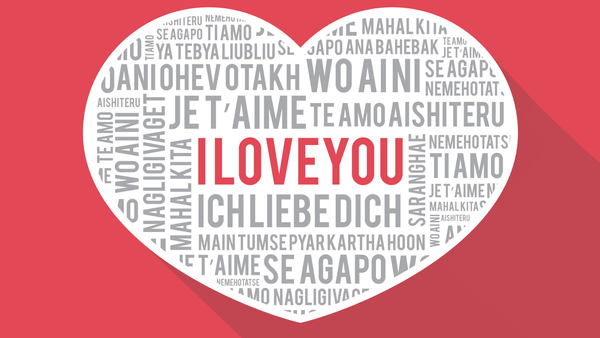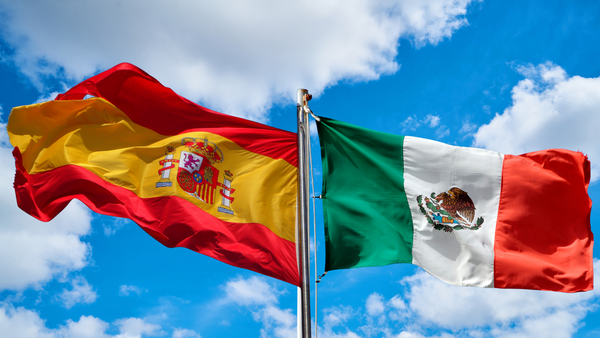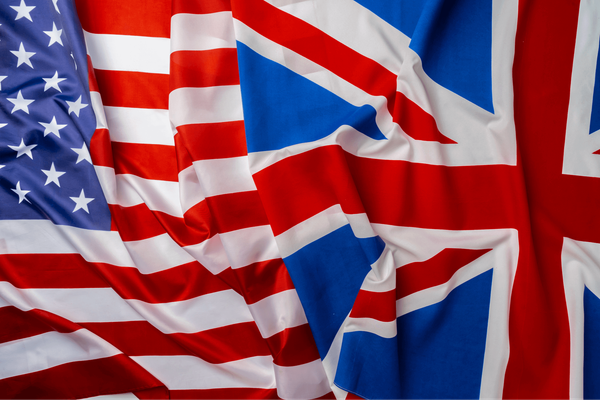
How to Say Happy Birthday in Spanish
Hola, language learner! If you're interested in Spanish, you should be aware of the significance of birthdays in Spanish-speaking countries. These celebrations often go beyond saying "Feliz cumpleaños" and having cake. Large family gatherings, enjoying festive meals to celebrate birthdays, are a cultural staple in Spanish-speaking









